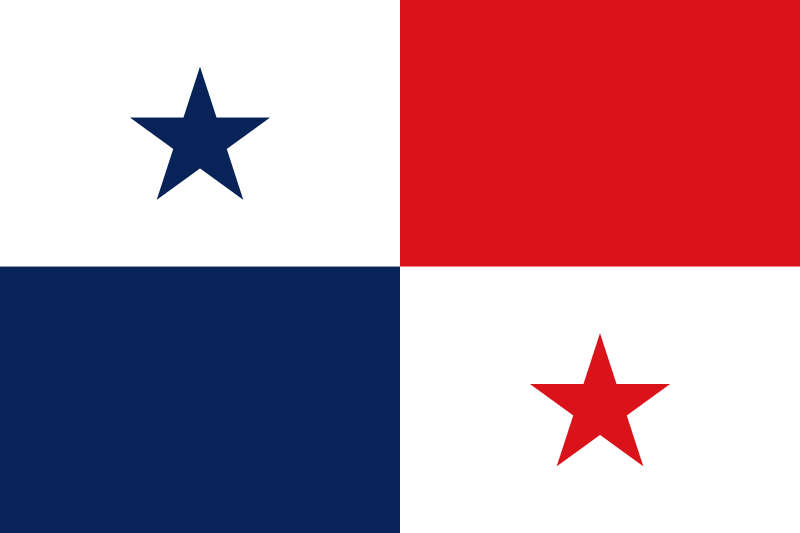
Aguadulce
Visit the guide

Alcalde Díaz
Visit the guide
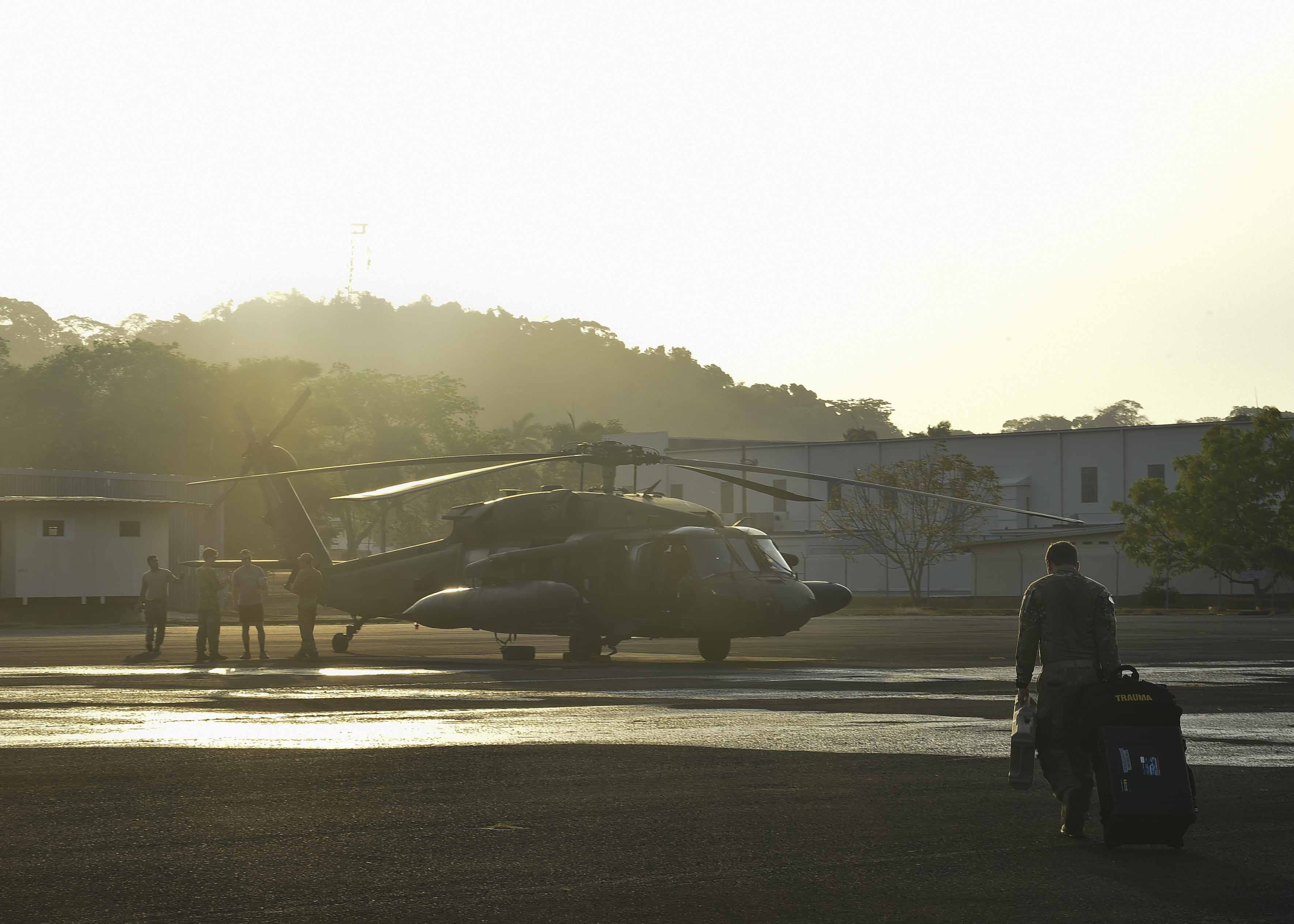
Arraiján
Visit the guide
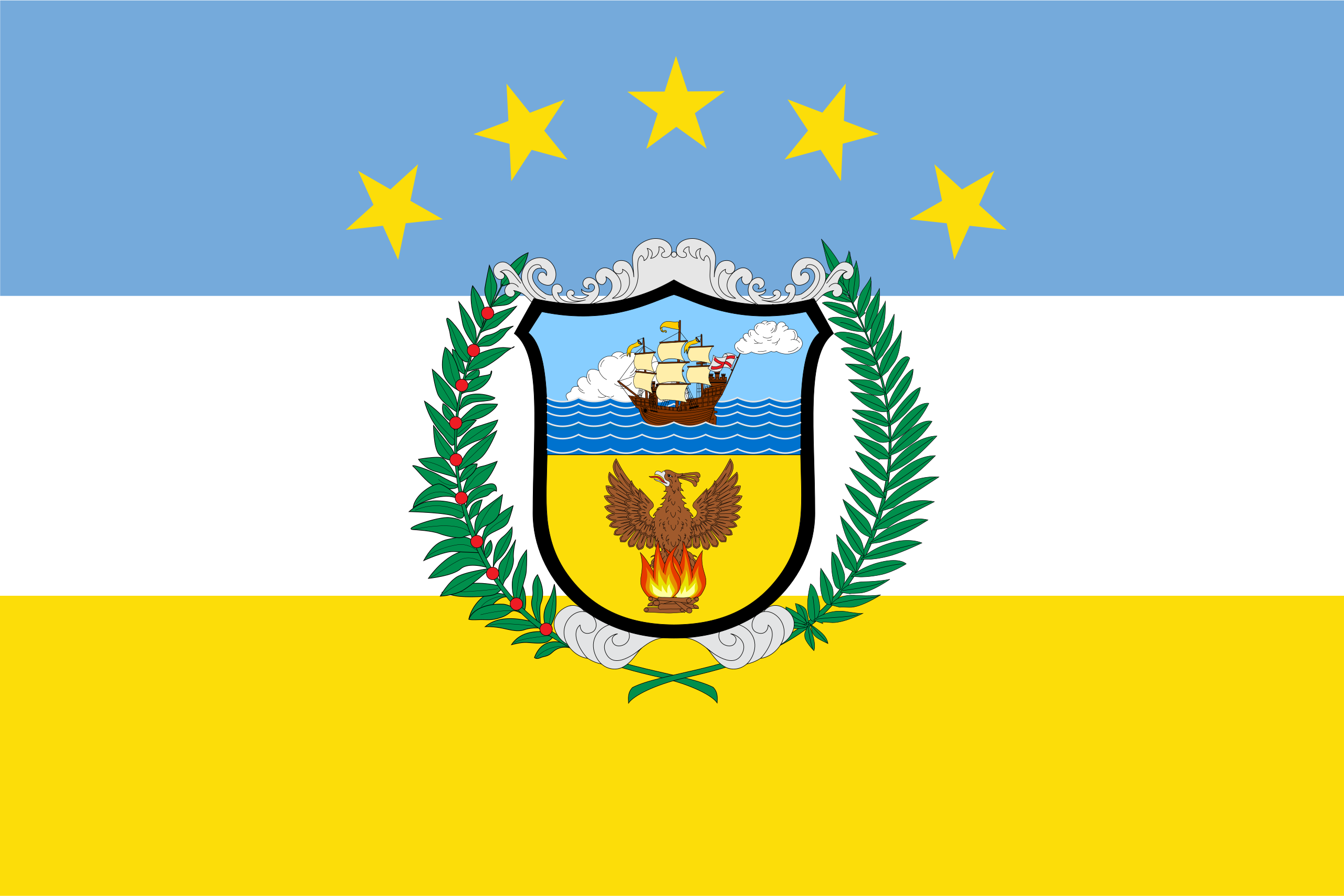
Cativá
Visit the guide
Changuinola
Visit the guide

Chepo
Visit the guide
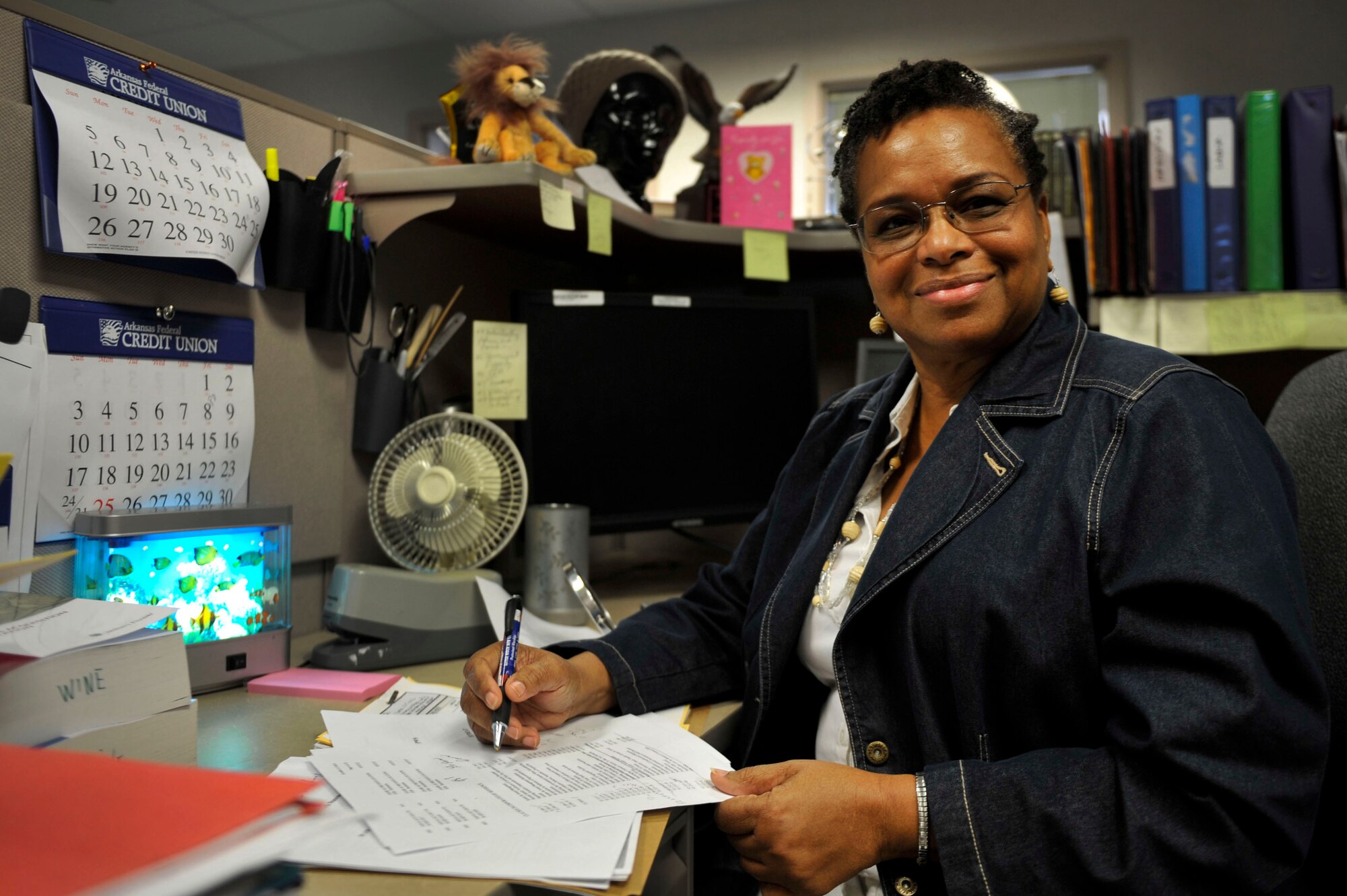
Chilibre
Visit the guide

Chitré
Visit the guide

Colón
Visit the guide

David
Visit the guide

La Chorrera
Visit the guide
La Concepción
Visit the guide

La Mitra
Visit the guide

Las Cumbres
Visit the guide

Las Lomas
Visit the guide

Mariato
Visit the guide

Nuevo Arraiján
Visit the guide

Pacora
Visit the guide
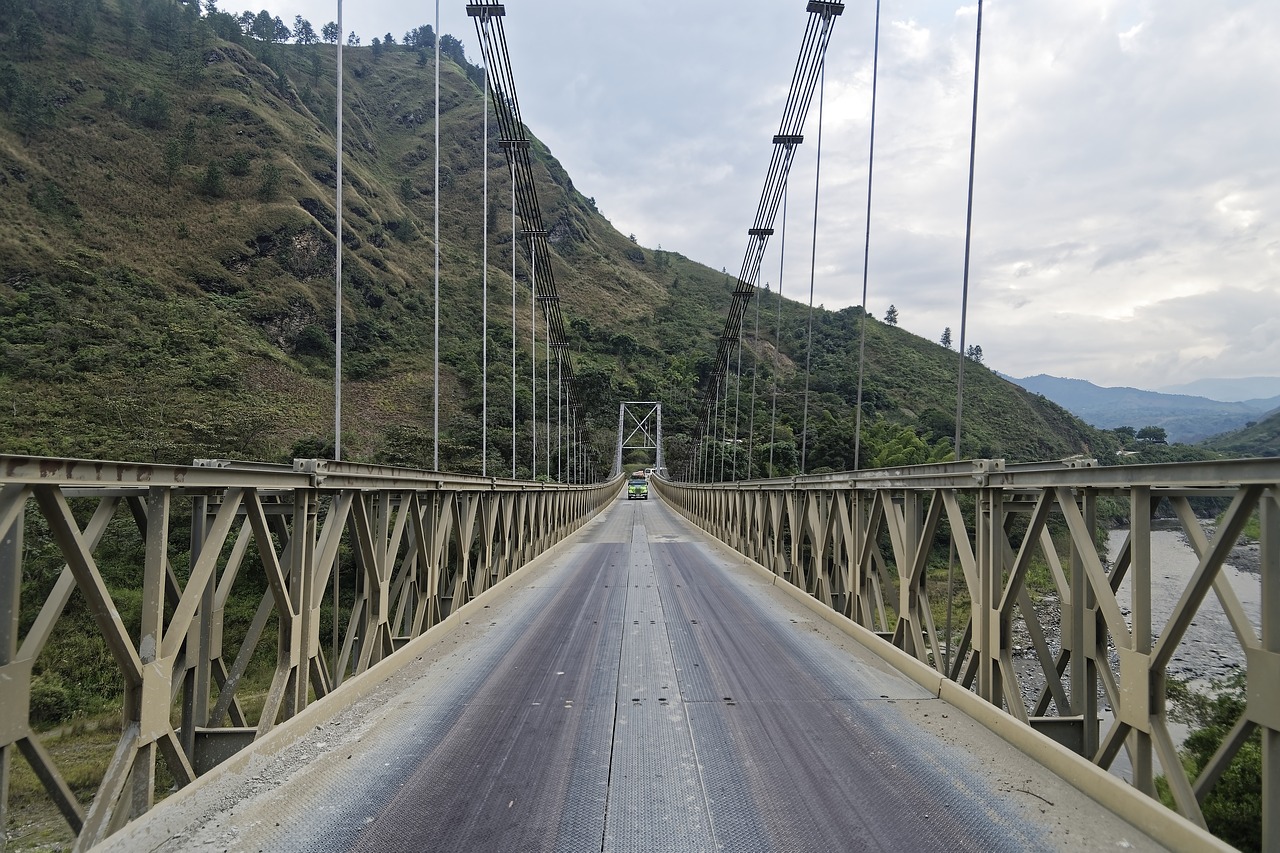
Pedregal
Visit the guide

Penonomé
Visit the guide

Puerto Armuelles
Visit the guide

Sabanitas
Visit the guide

San Miguelito
Visit the guide

Santiago de Veraguas
Visit the guide

Tocumen
Visit the guide
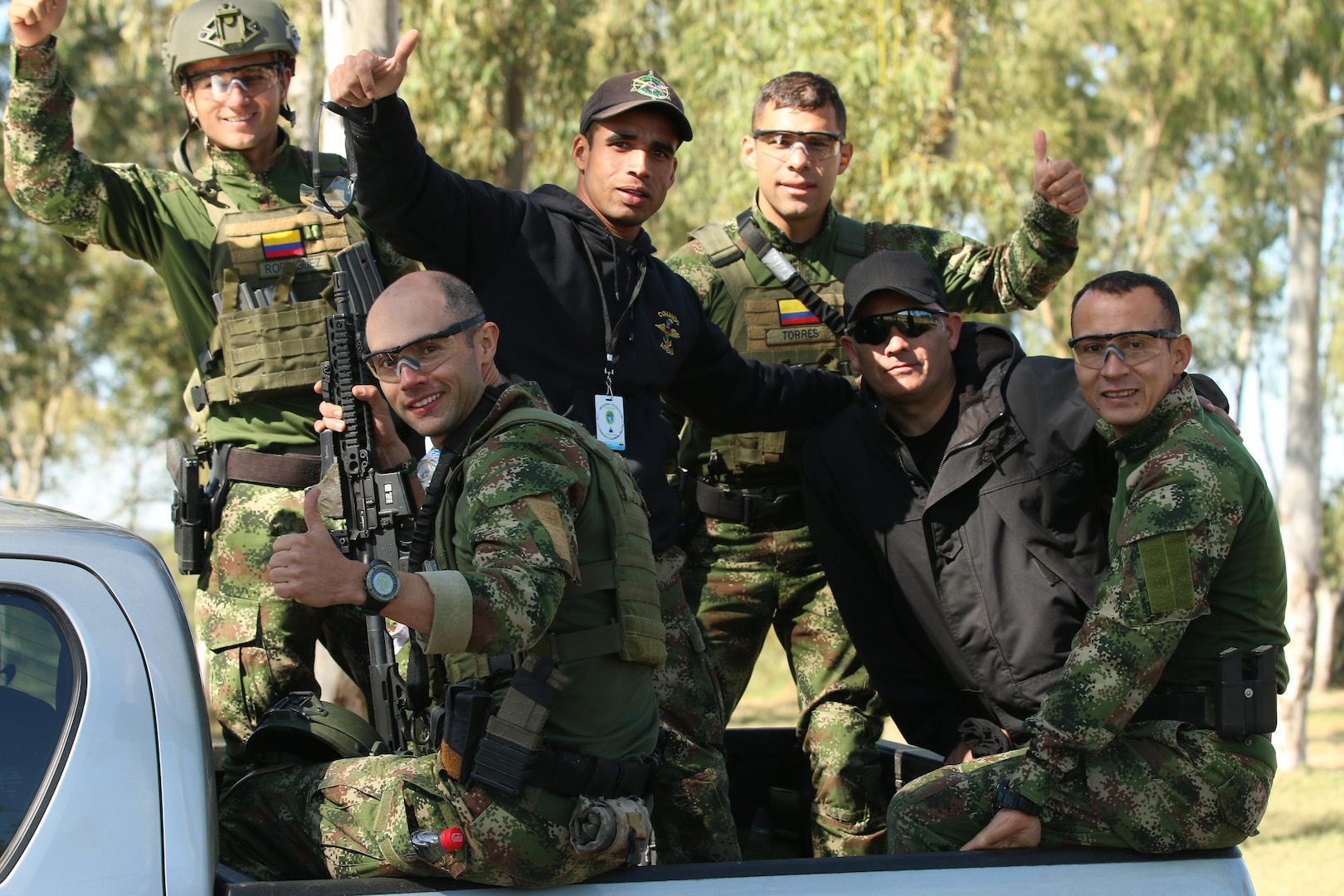
Vista Alegre
Visit the guide

Volcán
Visit the guide
festivites
Here are some of the major festivities and holidays celebrated in Panama:
1. Carnaval: Celebrated 4 days before Ash Wednesday, Carnaval is the biggest festival in Panama. It features parades, music, dancing, and elaborate costumes. The most famous Carnaval celebrations take place in the city of Las Tablas.
2. Independence Day: Celebrated on November 3rd, Independence Day marks Panama's separation from Colombia in 1903. It is a national holiday with patriotic ceremonies, parades, and fireworks.
3. Semana Santa: This Holy Week celebration takes place during the week leading up to Easter Sunday. It includes processions, religious observances, and traditional foods such as torrejas and arroz con leche.
4. Corpus Christi: This Catholic holiday is celebrated 60 days after Easter Sunday. It commemorates the Eucharist and often involves processions and street decorations made from sawdust and flowers.
5. Día de los Muertos: Celebrated on November 2nd, this holiday honors the dead with altars featuring their favorite foods and objects. Families also visit cemeteries to clean and decorate their loved ones' graves.
6. Navidad: Christmas in Panama is celebrated with traditional foods such as tamales and arroz con guandu. Many families attend midnight Mass on Christmas Eve and exchange gifts on Christmas Day.
These holidays are celebrated throughout Panama, with each region and community adding their own unique cultural traditions to the festivities.
seasons
Panama's tourist season can be generally divided into two seasons: a high season and a low season. The specific dates may vary from year to year, but the following is a rough guide:
1. High season: mid-December to mid-April
Recommendations:
- Book accommodations in advance as prices tend to be higher during this period.
- Expect more crowds at popular attractions.
- Enjoy sunny weather with occasional rain showers.
2. Low season: mid-April to mid-December
Recommendations:
- Take advantage of lower prices on accommodations and flights.
- Experience Panama's lush green landscapes and rich biodiversity.
- Be prepared for more rainfall during this period.
It's worth noting that some regions in Panama, such as Bocas del Toro and San Blas Islands, have their own unique high and low seasons. It's always advisable to check the specific destination's weather patterns and tourist activity levels before planning a trip.
visa
Here are some special visa rules for citizens of certain countries visiting Panama:
1. Visa Waiver Program: Citizens of over 100 countries, including the United States, Canada, and most European nations, can visit Panama visa-free for up to 180 days.
2. Tourist Card: Citizens of some countries, such as Brazil, China, India, and Russia, require a tourist card to enter Panama. The cost varies depending on the country, but it is usually around $20-$50.
3. Short-term Visa: Citizens of some countries that are not included in the visa waiver program or tourist card system may need to apply for a short-term visa to visit Panama. The cost of this visa can range from $50-$120, depending on the specific type of visa and the duration of stay.
4. Business Visa: Citizens of some countries who plan to visit Panama for business purposes may need to obtain a business visa. The cost of this visa can vary depending on the country, but it is usually around $100-$200.
It's important to note that visa requirements and costs can change frequently, so it's always best to check with the Panamanian embassy or consulate in your country for the most up-to-date information.
souvenirs
Here are some popular souvenirs to buy from Panama, along with their average prices and where to purchase them:
1. Molas: Handmade textiles featuring intricate designs and bright colors, typically used for clothing or home decor. Prices vary depending on size and intricacy, but expect to pay around $20-50 per piece. Can be found at artisan markets in Panama City, such as the Mercado Artesanias de Balboa.
2. Panama hats: Finely woven hats made from toquilla straw, traditionally made in Ecuador but commonly associated with Panama. Prices can range from $20 to over $100 depending on quality and style. Can be found at markets throughout Panama City, including the Mercado Nacional de Artesanias.
3. Coffee: Panama is known for producing high-quality coffee, particularly the Geisha variety. Prices vary depending on quality and quantity, but expect to pay around $20-30 for a 12-ounce bag. Can be found at specialty coffee shops in Panama City, such as Bajareque Coffee House.
4. Rum: Panama produces a variety of rums, including the popular Ron Abuelo brand. Prices vary depending on brand and age, but expect to pay around $15-30 for a bottle. Can be found at most liquor stores in Panama City.
5. Artisanal crafts: Panama has a rich tradition of handicrafts, including carved wooden figures, pottery, and jewelry. Prices vary depending on size and complexity, but expect to pay around $10-30 per item. Can be found at artisan markets throughout Panama City, such as the Mercado de Artesanias de Causeway.
If you have 1 week
Welcome to Panama! As a DAN, I'm excited to suggest an itinerary for your one-week stay here. Panama is a beautiful country with a rich cultural heritage, stunning natural landscapes and bustling cities. Here are my recommendations:
Day 1: Start your trip by exploring the UNESCO World Heritage Site of Casco Viejo in Panama City. This historic district is home to charming colonial architecture, quaint cafes, and trendy bars. Spend the day strolling through the narrow streets, visiting local museums, and admiring the views of the Pacific Ocean from the top of the Cathedral Tower.
Day 2: Head to the San Blas Islands, located off the Caribbean coast of Panama. These islands are inhabited by the Kuna people, who have preserved their traditional way of life and culture. Spend the day snorkeling in crystal clear waters, lounging on white-sand beaches, and learning about the Kuna's unique customs and traditions.
Day 3: Visit the Panama Canal, a marvel of engineering that connects the Atlantic and Pacific Oceans. Take a guided tour of the Miraflores Locks Visitor Center, where you can observe ships passing through the canal, learn about its history, and explore interactive exhibits.
Day 4: Explore the lush rainforests of the Gamboa Reserve, located just outside Panama City. Take a boat tour down the Chagres River, spotting exotic birds, monkeys, and other wildlife along the way. You can also visit the nearby Soberania National Park, which offers hiking trails and zip-lining adventures.
Day 5: Visit the small town of Boquete, located in the western highlands of Panama. This charming town is known for its coffee plantations, scenic hiking trails, and hot springs. Take a coffee tour, relax in thermal pools, and hike to the top of Baru Volcano for breathtaking views of the surrounding valleys.
Day 6: Head to Bocas del Toro, an archipelago off the northern coast of Panama. This area is known for its vibrant Caribbean culture, laid-back vibe, and beautiful beaches. Spend the day snorkeling, surfing, or just relaxing on the beach. You can also explore the nearby Bastimentos National Marine Park, which is home to a diverse array of marine life.
Day 7: End your trip with a visit to Panama Viejo, the original Panama City founded in 1519. This historic site features ruins of the original city, as well as a museum that tells the story of Panama's rich history. You can also enjoy stunning views of the modern skyline of Panama City from this location.
I hope you find these recommendations helpful and have a fantastic time exploring all that Panama has to offer!
If you have 2 weeks
Hello there! How exciting that you are in Panama. Here's a two week itinerary suggestion for you:
Week 1:
Day 1-2: Explore Panama City
Panama City is the capital and largest city in Panama, rich in colonial history, culture, and architecture. You can visit the Panama Canal, Casco Viejo (the old quarter), the modern business district, and indulge in local cuisine.
Day 3-4: Visit Bocas del Toro
Bocas del Toro is a tropical paradise in the Caribbean Sea with crystal clear waters, coral reefs, and abundant wildlife. You can go snorkeling, sailing, or simply relax on the beach.
Day 5-6: Hike the Baru Volcano
The Baru Volcano is the highest point in Panama and a popular hiking spot. The hike to the summit takes around 6 hours, but the stunning views at the top are worth it.
Day 7-8: Explore Boquete
Boquete is a beautiful mountain town known for its coffee, flowers, and outdoor activities. You can visit coffee plantations, hike, or soak in natural hot springs.
Week 2:
Day 9-10: Go to the San Blas Islands
The San Blas Islands are a group of islands located in the Caribbean Sea. They are home to the Kuna indigenous people, who have maintained their traditional way of life. You can go kayaking, snorkeling, and learn about their culture.
Day 11-12: Visit Coiba National Park
Coiba National Park is a UNESCO World Heritage site located in the Pacific Ocean. It is home to diverse marine life, including humpback whales, sharks, and sea turtles. You can go diving or snorkeling to explore the underwater world.
Day 13-14: Relax in Santa Catalina
Santa Catalina is a small fishing village known for its beautiful beach and surf breaks. You can relax on the beach, go surfing or visit nearby Coiba Island.
There you have it, a two week itinerary to explore the best of Panama. Enjoy your trip!
Culture
The culture of Panama derives from European music, art and traditions brought by the Spanish to Panama. Hegemonic forces have created hybrid forms blending African and Native American culture with European culture. For example, the tamborito is a Spanish dance with African rhythms, themes and dance moves.
Dance is typical of the diverse cultures in Panama. The local folklore can be experienced at a multitude of festivals, through dances and traditions handed down from generation to generation. Local cities host live reggae en español, reggaeton, haitiano (compas), jazz, blues, salsa, reggae, and rock music performances.
Outside Panama City, regional festivals take place throughout the year featuring local musicians and dancers. Panama's blended culture is reflected in traditional products, such as woodcarvings, ceremonial masks and pottery, as well as in Panama's architecture, cuisine and festivals. In earlier times, baskets were woven for utilitarian uses, but now many villages rely almost exclusively on income from the baskets they produce for tourists.
An example of undisturbed, unique culture in Panama is that of the Guna who are known for molas. Mola is the Guna word for blouse, but the term mola has come to mean the elaborate embroidered panels made by Guna women, that make up the front and back of a Guna woman's blouse. They are several layers of cloth, varying in color, that are loosely stitched together, made using a reverse appliqué process.
The Christmas parade, known as El desfile de Navidad, is celebrated in the capital, Panama City. This holiday is celebrated on December 25. The floats in the parade are decorated in the Panamanian colors, and women wear dresses called pollera and men dress in traditional montuno. In addition, the marching band in the parade, consisting of drummers, keeps crowds entertained. In the city, a big Christmas tree is lit with Christmas lights, and everybody surrounds the tree and sings Christmas carols.
Since Panama's cultural heritage is influenced by many ethnicities the traditional cuisine of the country includes ingredients from many cultures, from all over the world: a mix of African, Spanish, and Native American techniques, dishes, and ingredients, reflecting its diverse population. Since Panama is a land bridge between two continents, it has a large variety of tropical fruits, vegetables and herbs that are used in native cooking. The famous fish market known as the "Mercado de Mariscos" offers fresh seafood and Ceviche, a seafood dish. Small shops along the street which are called kiosco and Empanada, which is a typical latinamerican pastry, including a variety of different ingredients, either with meat or vegetarian, mostly fried. Another kind of pastry is the pastelito, with the only difference in comparison to empanadas is that they are bigger.
Typical Panamanian foods are mild-flavored, without the pungency of some of Panama's Latin American and Caribbean neighbors. Common ingredients are maize, rice, wheat flour, plantains, yuca (cassava), beef, chicken, pork and seafood.
Panamanian men's traditional clothing, called montuno, consists of white cotton shirts, trousers and woven straw hats.
The traditional women's clothing is the pollera. It originated in Spain in the 16th century, and by the early 1800s it was typical in Panama, worn by female servants, especially wet nurses (De Zarate 5). Later, it was adopted by upper-class women.
A pollera is made of "cambric" or "fine linen" (Baker 177). It is white, and is usually about 13 yards of material.
The original pollera consists of a ruffled blouse worn off the shoulders and a skirt with gold buttons. The skirt is also ruffled, so that when it is lifted up, it looks like a peacock's tail or a mantilla fan. The designs on the skirt and blouse are usually flowers or birds. Two large matching pom poms (mota) are on the front and back, four ribbons hang from the front and back from the waist, five gold chains (caberstrillos) hang from the neck to the waist, a gold cross or medallion on a black ribbon is worn as a choker, and a silk purse is worn at the waistline. Earrings (zaricillos) are usually gold or coral. Slippers usually match the color of the pollera. Hair is usually worn in a bun, held by three large gold combs that have pearls (tembleques) worn like a crown. Quality pollera can cost up to $10,000, and may take a year to complete.
Today, there are different types of polleras; the pollera de gala consists of a short-sleeved ruffle skirt blouse, two full-length skirts and a petticoat. Girls wear tembleques in their hair. Gold coins and jewelry are added to the outfit. The pollera montuna is a daily dress, with a blouse, a skirt with a solid color, a single gold chain, and pendant earrings and a natural flower in the hair. Instead of an off-the-shoulder blouse it is worn with a fitted white jacket that has shoulder pleats and a flared hem.
Traditional clothing in Panama can be worn in parades, where the females and males do a traditional dance. Females gently sway and twirl their skirts, while men hold their hats in their hands and dance behind the females.
The first literature relating to Panama can be dated to 1535, with a modern literary movement appearing from the mid-19th century onwards
In a 2013 survey, 75% of Panamanians said football was their favorite sport, 19% said baseball, 4% boxing and 2% gymnastics.
Football is the most popular sport in Panama. The top tier of domestic Panamanian football, Liga Panameña de Fútbol, was founded in 1988. The national team appeared at the FIFA World Cup for the first time in 2018, appearing in group G, facing Belgium, England and Tunisia. However, the team lost all three games, failing to advance past the group stage.
Baseball is the second most popular sport in Panama. The Panamanian Professional Baseball League is the country's professional winter league. It was first held in 1946, but had multiple interruptions spanning several decades. The Panama national baseball team has earned one silver medal and two bronze medals at the Baseball World Cup. At least 140 Panamanian players have played professional baseball in the United States, more than any other Central American country.
Basketball is also popular in Panama. There are regional teams as well as a squad that competes internationally.
Other popular sports include volleyball, taekwondo, golf, and tennis. A long-distance hiking trail called the TransPanama Trail is being built from Colombia to Costa Rica. Panama's women's national volleyball team competes in Central America's AFECAVOL (Asociación de Federaciones CentroAmericanas de Voleibol) zone.
Other non-traditional sports in the country have had great importance such as the triathlon that has captured the attention of many athletes nationwide and the country has hosted international competitions. Flag football has also been growing in popularity in both men and women and with international participation in world of this discipline being among the best teams in the world, the sport was introduced by Americans residing in the Canal Zone for veterans and retirees who even had a festival called the Turkey Ball. Other popular sports are American football, rugby, field hockey, softball, and other amateur sports, including skateboarding, BMX, and surfing, because the many beaches of Panama such as Santa Catalina and Venao that have hosted events the likes of ISA World Surfing Games.
Religion
Christianity is the main religion in Panama. An official survey carried out by the government estimated in 2015 that 63.2% of the population, or 2,549,150 people, identifies itself as Roman Catholic, and 25.0 percent as evangelical Protestant, or 1,009,740. The Jehovah's Witnesses were the third largest congregation comprising the 1.4% of the population, followed by the Adventist Church and the Church of Jesus Christ of Latter-day Saints with the 0.6%. There is a very large Buddhist (0.4% or 18,560) and Jewish community (0.1% or 5,240) in the country.
The Baháʼí Faith community in Panama is estimated at 2.00 percent of the national population, or about 60,000 including about 10 percent of the Guaymí population.
The Church of Jesus Christ of Latter-day Saints (LDS Church) claims more than 40,000 members. Smaller religious groups include Seventh-day Adventists, Jehovah's Witnesses, Episcopalians with between 7,000 and 10,000 members, Jewish and Muslim communities with approximately 10,000 members each, Hindus, Buddhists, and other Christians. Indigenous religions include Ibeorgun (among Kuna) and Mamatata (among Ngäbe). There are also a small number of Rastafarians.
Demographics
Panama had an estimated population of in. The proportion of the population aged less than 15 in 2010 was 29 percent. 64.5 percent of the population was between 15 and 65, with 6.6 percent of the population 65 years or older.
More than half the population lives in the Panama City–Colón metropolitan corridor, which spans several cities. Panama's urban population exceeds 75 percent, making Panama's population the most urbanized in Central America.
Cities:

